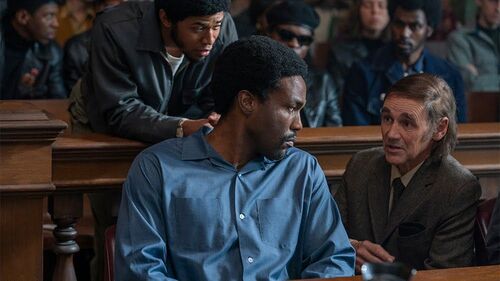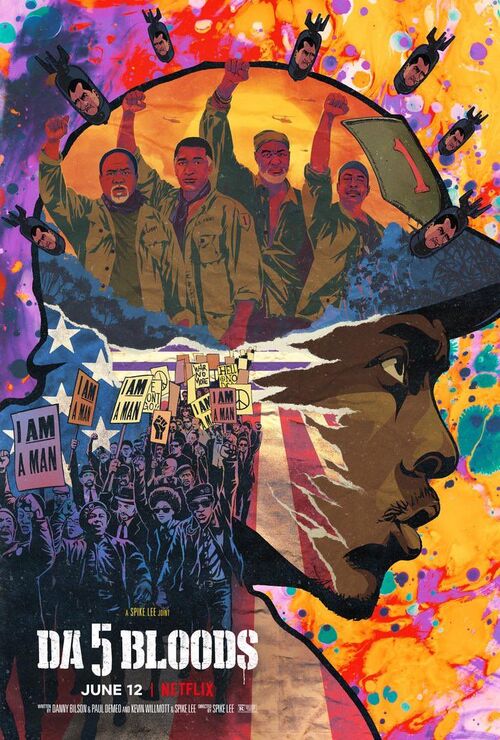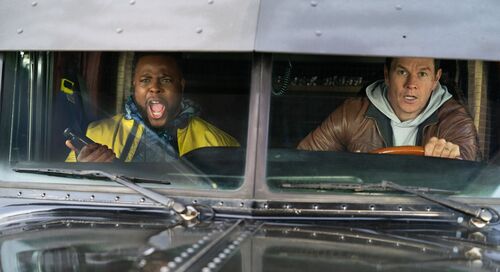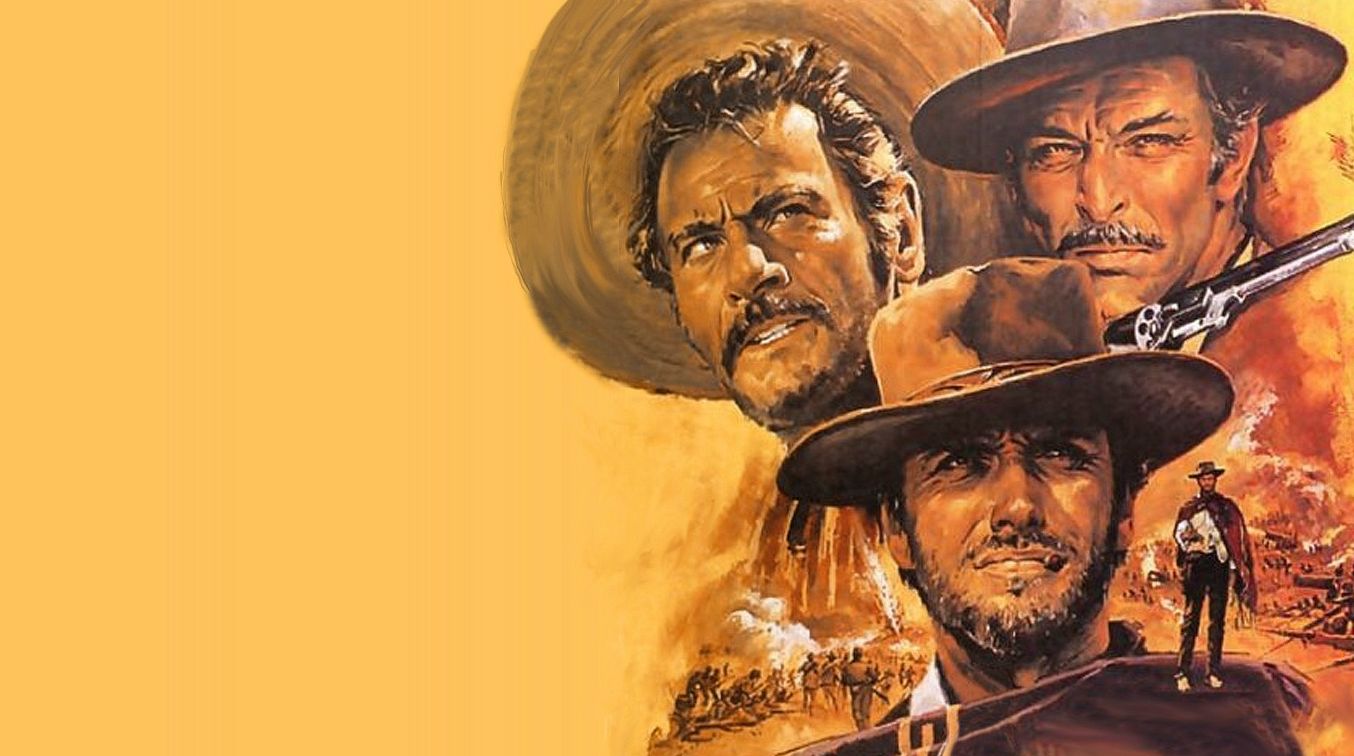
The Good, The Bad and The Ugly
 Sergeo Leone’s 1967 spaghetti western classic is immensely dear to me. its heft rubbed off on me even as a 10 year old. The Good, The Bad and The Ugly pushes a 3 hour running time but it still managed to captivate me in my early years and as I’ve grown and understood filmmaking better, the depth and dexterity of this film has only accentuated.
Sergeo Leone’s 1967 spaghetti western classic is immensely dear to me. its heft rubbed off on me even as a 10 year old. The Good, The Bad and The Ugly pushes a 3 hour running time but it still managed to captivate me in my early years and as I’ve grown and understood filmmaking better, the depth and dexterity of this film has only accentuated.
As a kid, The Good, The Bad and The Ugly was a straight up western adventure with a clear line between good and bad and a bout of ugly comic relief dancing inbetween. Now the backdrop of the grit of the American civil war backed by Ennio Morricone sombre score impresses on me and adds weight to a film that would have otherwise been an exercise in western movie clichés (although this film served to propagate these clichés in my mind).
This film came on the back of A Fistful of Dollars (1964) and For a Few Dollars More (1965) and features Clint Eastwood as the iconic Man with no name who evolved from Joe in the first film to Manco in the second. He goes by Blondie here. Clear continuity issues at play here but then, who declared it a trilogy anyway? The Man with no name is also a man of few words as Leone drives this story visuals in the manner you would expect from a director who grew up on silent cinema. The narrative is almost defined by key visuals at each every step – be it the fatigue underpinning the tired squinted eyes of Blondie or the realism enforced by the presence of characters like a certain legless man or the pacifist message hidden in a shot of a tumbling bridge.
At the core of the narrative, the faces are given to the film’s title by Eastwood (the Good), Lee Van Cleef (the Bad), and Eli Wallach (the Ugly). They are all essentially in the hunt for buried gold but they come to find themselves with different pieces information showing the location. The gold is buried in a grave at a cemetery and one knows the exact cemetery and the other name on the grave. We also know they will have to keep each other alive till the grave is found and then we get ourselves a good old standoff. There is always money at the heart of a quintessential western and it is easy to root for Eastwood’s character as the narrative unravels but The Ugly, Walach’s Tuco, really owns this film.
He somehow elevates a role that may have served the purpose of asinine comic relief by endearing us to his charisma, beats of humor and cynicism. His standout moment involves a certain bubble bath and a one-armed man he once scorned. Tuco and Blondie find themselves in tag team fuelled by convenience with a backbone of mutual cynicism and vindictiveness. When they meet for the first time, they a conjure up an amusing con game in which Tuco plays a captured bounty turned in for a reward by Blondie. Blondie then waits until till Tuco is about to be hanged for his crimes and shoots through the rope with expert marksmanship. Blondie may be our hero but he isn’t pure of heart. There is sequence where Blondie decides to fleece Tuco and abandon him the desert. His actions come full circle when Tuco does same to him.
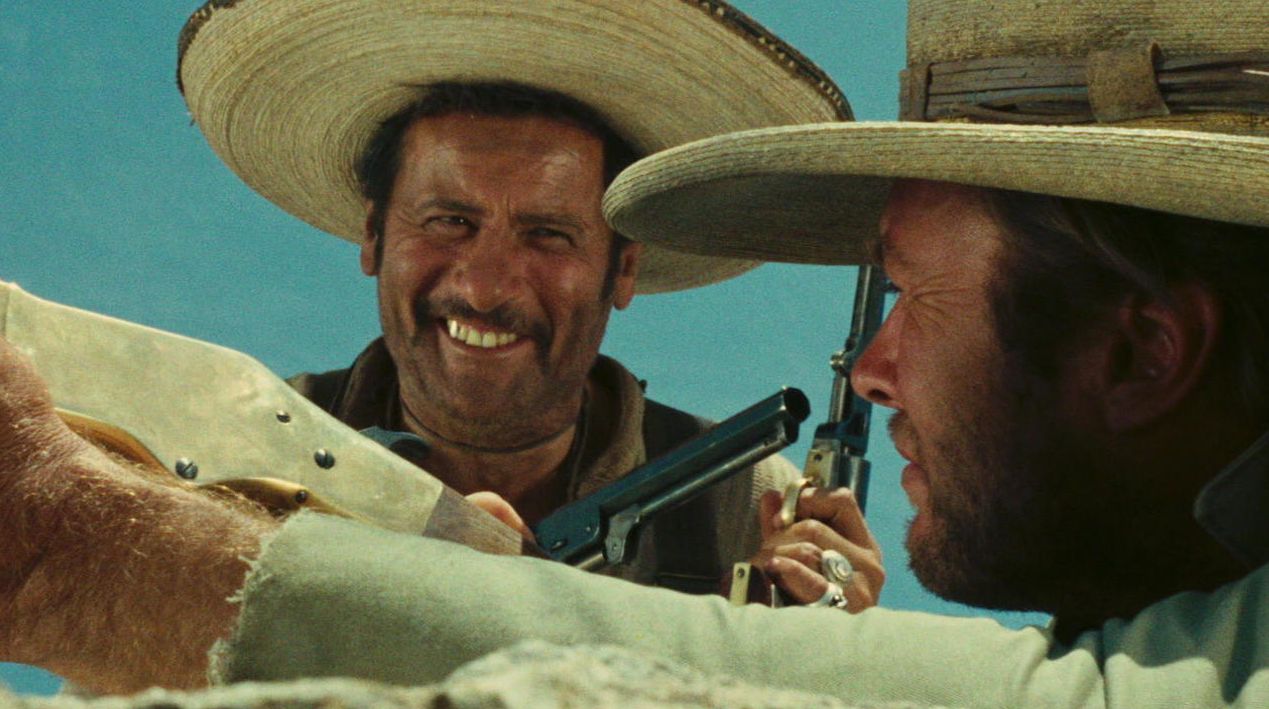
Leone has something to say about war here and he uses Blondie as his conduit. “I have never seen so many men wasted so badly,” Blondie says. He has empathy for the people involved in the civil war including a certain Union officer we encounter. Some of the more gripping images of this film are of dying men, exploding bridges, and my favourite, the train of weary union soldiers that passes through a town as a ballad drones on. There is sympathy for the casualties of war and Leone attempts some resolution by having his protagonists blow up a bridge the Union and Confederate soldiers are fighting over – one of the key visuals I alluded to earlier.
Like the archetypal western, this film will find its resolution in violence and Leone crafts one of the most unique and hallowed standoffs in a masterful sequence at the cemetery holding the buried treasure. The gold is all but found and the titular characters form a triangle of death that could mean all of them end up dead unless two gang up on one person. We have no reason to believe that will happen. Leone really milks this scene with the audacity of a man aware he has fully invested his audience in a standoff that won’t end in with an elaborate fight sequence but with a single swift movement.
Over here, Leone employs close-ups of sweaty cheek bones, steady eager hands and focused eyes amidst Morricone’s glorious score which ramps up the tension the film has done well to earn. The clichéd standoff remains one of the more alluring bits of a western for me. Tensions and emotions built through the course of film will find catharsis in a single gunshot but somehow it remains immensely satisfying even when the outcome is not in doubt. In many ways, Leone’s handling of this scene would be considered over stylized and pure spectacle in its day.
The Good, the Bad and the Ugly is the definition of a transcendent film. It is thoughtful in ways that resonate and arresting in the dynamism of its visuals. It is also quite funny in ways films today can aspire to. A poignant reminder of why the western will never die.
